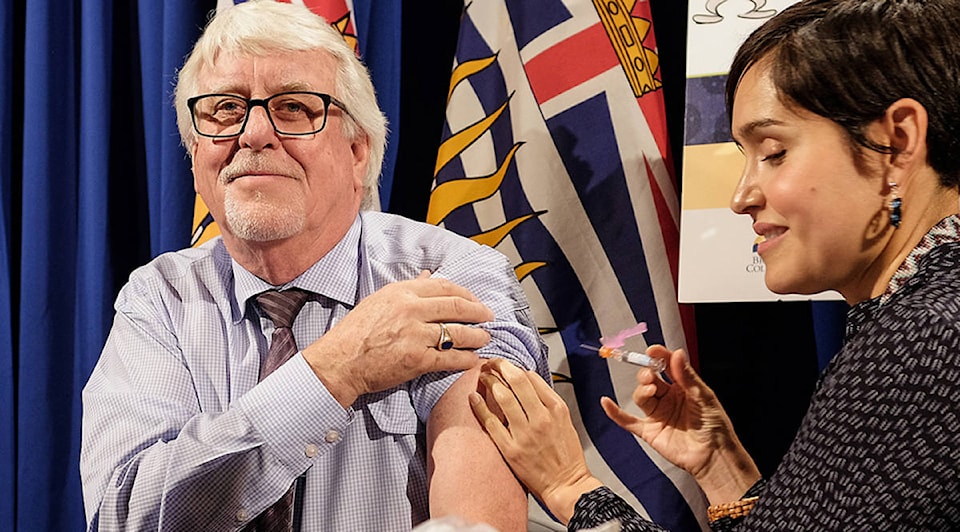By Dale Bass
Kamloops This Week
This year’s flu vaccine was designed to protect against a strain of influenza that has been reported in the Interior.
But that strain — A/H3N2 — is one that in the past has caused problems for many who contract it, in particular older patients.
Australia, as of mid-November, had recorded 221,853 confirmed cases of flu, with 52 deaths and 1,429 flu-related hospital stays reported.
Last year, there were 27 flu-related deaths and 719 people requiring a hospital stay in Australia.
READ MORE: Time to get the flu shot! (Oct. 12, 2017)
Dr. Karin Goodison, a medical health officer with Interior Health, said while A/H3N2 is the main strain being reported, there has also been a significant amount of influenza B.
The difference between the two strains is who it can affect — B strains only impact humans while A strains can be found in animals. Influenza B has just two main strains, while A can have many more variations.
Worldwide, the most common virus being reported is also A/H3N2.
Goodison said this year’s vaccine effectiveness is good, ranging between 50 and 70 per cent.
The World Health Organization, which decides what strains to put into the vaccines, said Canada reported an early start to flu season and has had more consultations and influenza-related hospitalizations than expected to date.
A decision on which strains to include must be made about six months before flu season to allow enough time to make the more than 150-million injectable doses required for the U.S. alone.
Historically, according to the U.S. Centers for Disease Control and Prevention, the annual flu vaccine effectiveness has ranged from 10 per cent in 2004 — when there was a widespread outbreak of H5N1 bird flu — to 60 per cent in 2010. Most often, the percentage of effectiveness is somewhere between the mid-40s and mid-50s.
Goodison said the best way to protect against the flu is to get the shot, wash hands frequently every day, particularly after coughing or sneezing, cough or sneeze into your elbow or a tissue and stay home if you are sick.
Flu shots are available through physicians, health clinics and pharmacies. To find a location, go online to immunizebc.ca.
